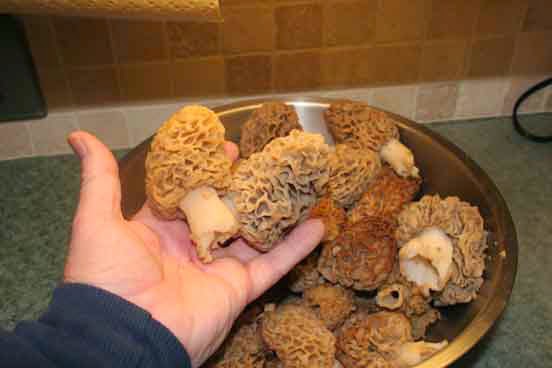Copyright, 2014 Jim Long
The official Herb of the Year for 2014 is Artemisia, which encompasses a large and diverse family of plants. Probably the best-known Artemisia relative is French Tarragon, which a decade ago was on the list of the top 10 most-purchased plants in the U.S. (It has fallen off the top ten list, replaced a few yeas back in popularity and sales, by cilantro; to read more about the
Top Ten Most Popular Herbs, from my nationwide survey, read
my book by that title, click here for info).
 |
| French Tarragon (Artemisia dracunculus 'Sativa') |
Another in this family of plants is absinthe
(Artemisia absinthium), best known for the anise-flavored beverage, Absinthe. The spirit once had a bad reputation, mistakenly for the belief the ingredients could cause mental illness. It had great popularity as an alcoholic drink in the late 1800s, especially among writers and artists in France. Prohibitionists portrayed it as a dangerous and addictive drug and Absinthe was banned. Current studies have shown absinthe's properties were greatly exaggerated, and it was the over-consumption of alcohol, not the plant chemicals (thujones) present, that caused the problems. Absinthe is now manufactured by a variety of companies in both Europe and America. The plant itself is easy to grow and quite attractive.
 |
| Artemisia absinthium |
With delightful gray-green leaves, the plant reaches to about 3 ft. in height and makes an excellent background or foliage plant in the landscape.
 |
| Leaves of the absinthe plant. |
Yet another member of the Artemisia family is mugwort,
(Artemisia vulgaris). It is seldom if ever used as a culinary herb, but its reputation in dream blends is well know. I use it in my own dream pillow formulas because it has been shown to help a person remember their dreams. (To read more, visit my
Dream Pillows page of my website, or go to my
Dream Pillows blog for stories about Dream Pillow use for quieting nightmares).
 |
| Mugwort (Artemisia vulgaris). |
Upon first glance, Mugwort and Absinthe might look very similar but if you look closely, you'll see the leaves of Absinthe are more rounded and gray on top and bottom. Mugwort, by contrast, has pointed ends of the leaves and is green on top and gray on the underneath side. Another difference is Mugwort is invasive like mint, while Absinthe stays put as one plant much better.
To learn more about the Herb of the Year, visit the International Herb Association's
website, click here.








